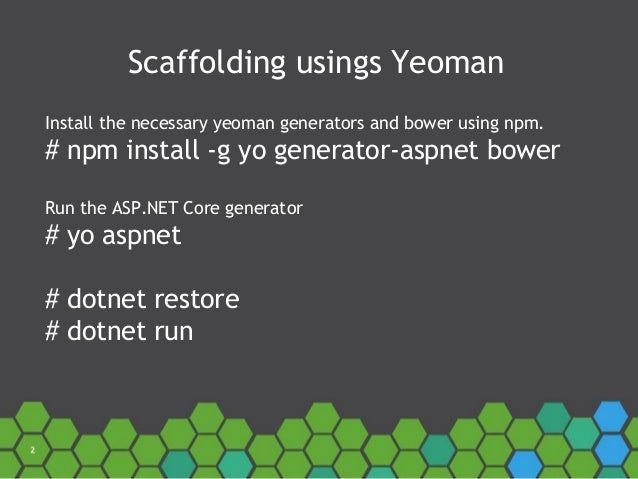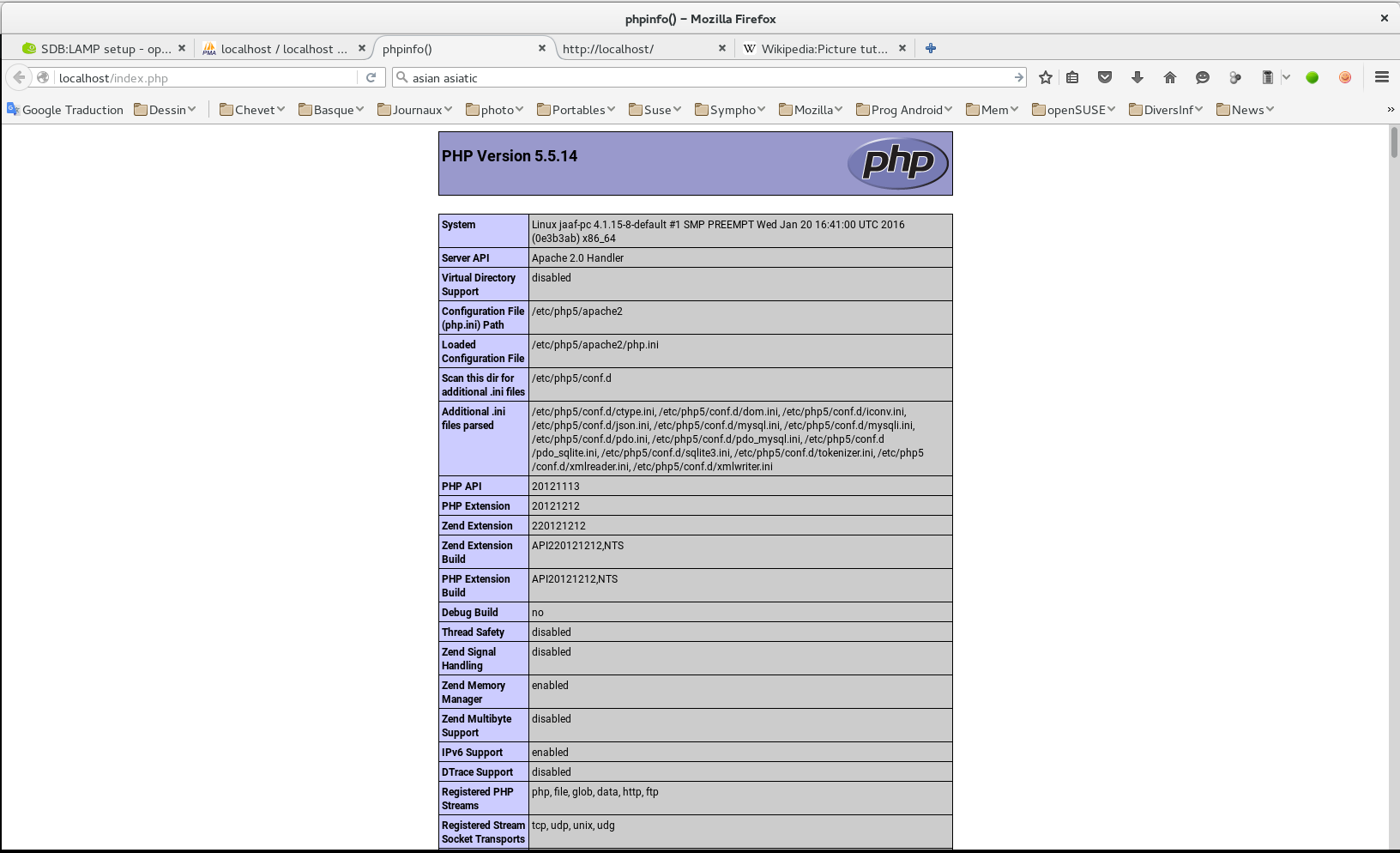In preparation for I thought it would be a good idea to help any of you new noders out there get started with the newest, hottest piece of awesome to hit the interwebz since HTTP.These instructions will take you from a computer to a computer with node and npm (which I think we can all agree is a huge improvement.)Note: If you’re working on an machine, then you should be aware that node and npm are already installed, so you can skip straight to the part where we all party and they roll credits. When Things Go Not GoodThere is a lot of help available to you. The #node.js room on irc.freenode.net usually has a lot of people willing to help out with almost anything (or bicker about pointless JavaScript style discussions), and the is very active.So, if you get stuck, don’t fret. We’re essentially friendly, if a bit nerdy. Step 1: A Posix OSIf you’re not on Windows, congratulations! Proceed to Step 2.If you are on Windows, go get Cygwin and install it.
The instructions are availableImportant: Make sure you follow ALL the steps! It’ll seem like it’s working before you get to the end. But it is a dirty, lying liar. Don’t believe it. Do the steps all the way to the end.
If you don’t, you’re going to complain that npm says “ECONNREFUSED” and then post a bug, and I’ll ask if you did all the steps, and you’ll feel silly. Step 2: A CompilerIf you are using almost any kind of Linux or Unix system, you should be golden at this point. Just skip ahead to step 3.Mac users, go and, if you haven’t already. (Protip: It’s on the OS X install CD if you don’t wait to wait for the giant download.) Step 3: Make Friends with the TerminalBy this point, you’ve probably had to enter some commands into the terminal at some point in your setup process. That’s good.For Mac users, I highly recommend. It’s a recent fork of the otherwise abandoned iTerm project, with regular updates and bug fixes and a sane preference menu. Love it.From here on out, I’m gonna expect that when I say “enter this command:” you’re gonna know how to do that.Just to get started, let’s make sure that you have a compiler.

Download And Install Npm
In your terminal, enter this command: which gccIt should print out something like /usr/bin/gcc. That’s how you know it’s working. Step 4: Install Node and npmI’ve had to answer this question a lot, so I put together a few different ways that it can be installed.There is not a single best way to install node or npm. However, in my personal experience, using a package manager like Homebrew or Aptitude is a recipe for disaster.
These projects are moving very quickly, and are still very young as of the time of writing this.Each of the setups in will get you a setup with node and npm commands in your path, without having to run anything as root. Both programs are very configurable, which is great in some ways, but also can be intimidating. If you're not very opinionated about this sort of thing, you can safely just take the first batch of commands, run them, and it should pretty much Just Work.Personally, since I like to do development on node and npm, I have the git repositories checked out into a folder in my home directory where all my projects live. To avoid having to sudo everything, I used the “take ownership” technique.
When I want to check out how something works on a different version of node than the bleeding edge, I use a subshell.If you’re not hacking on node and npm all the time, and just using them to build some other thing, then you’re probably better off using one of the other methods described. A Word About Version Managersis a neat little tool. You tell it which version you want to use, and it drops you into a little subshell where that version of node is “the” version. You can also use shorthands like “latest” and “stable”. If you use npm inside those subshells, then the npm packages you install will (by default) just live in that ecosystem of subfolders, safely segregated from other versions.is another tool which serves a similar purpose.
However, instead of dropping you into a subshell, nvm sets environment variables directly in the current shell. The installation is a bit different, because you have to add some stuff to your.bashrc file. But it also lets you specify a version, and npm packages will be segregated by default.Other than their difference in implementation, nvm and nave are very similar in how they function. It’s not a complex problem, really. Download some stuff, build it, make it the first thing in the PATH. They were written around the same time, largely due to differences in Tim’s and my esthetic preferences. They’ll both probably keep working indefinitely, since there’s not much to either.
Install Npm On Windows
Step 5: Go Build Something!You can now install node programs (including your own!) using npm. Type npm help or npm faq to get started.To run a node program, write out some stuff into a js file, and then do: node my-program.js. Node has a lot of cool stuff, and if you run npm ls latest, you'll see there are a ton of userland modules to choose from as well.So go make something awesome, and use this new power for Good!Screenshot from, in case you're too lazy or impatient for the install.

10.1 Using the package managerSimply open YaST Software Management.Your web browser does not support the HTML5 video element and/or Ogg Theora format.Try Firefox, Konqueror or Opera.Now search for the package you want, select it for installation and click Accept. The package manager will then fetch the RPM package from your configured software repositories - and install it including any dependencies.
After installation is complete the application should appear in the launch menu (unless it's a command line program). 10.2 Other Installation MethodsMost users will find everything they need and more in the package manager - especially if a few additional software repositories are added (see next chapter). But not all software is packaged and provided via repositories, and non-free software usually can't be legally redistributed via the package manager because of license restrictions.In these cases you'll need to go to the developer/vendor website and download and install the software manually - but always look for an openSUSE package in repositories first - and make sure you only download and install software from trusted sources. Open the Dolphin file manager = Navigate to the tarball = Right click = Extract ArchiveThe tarball might contain binaries that just need to be ran, or it might contain source code which needs to be compiled to run on your system - this can be very complicated, and requires you to first install various developer tools.
How To Install Npm Windows
There's no one standard way to install tarball content, but instructions should always be included in the tarball in files called INSTALL, README or similar - or you should be able to find installation instructions on the website where you downloaded the tarball.